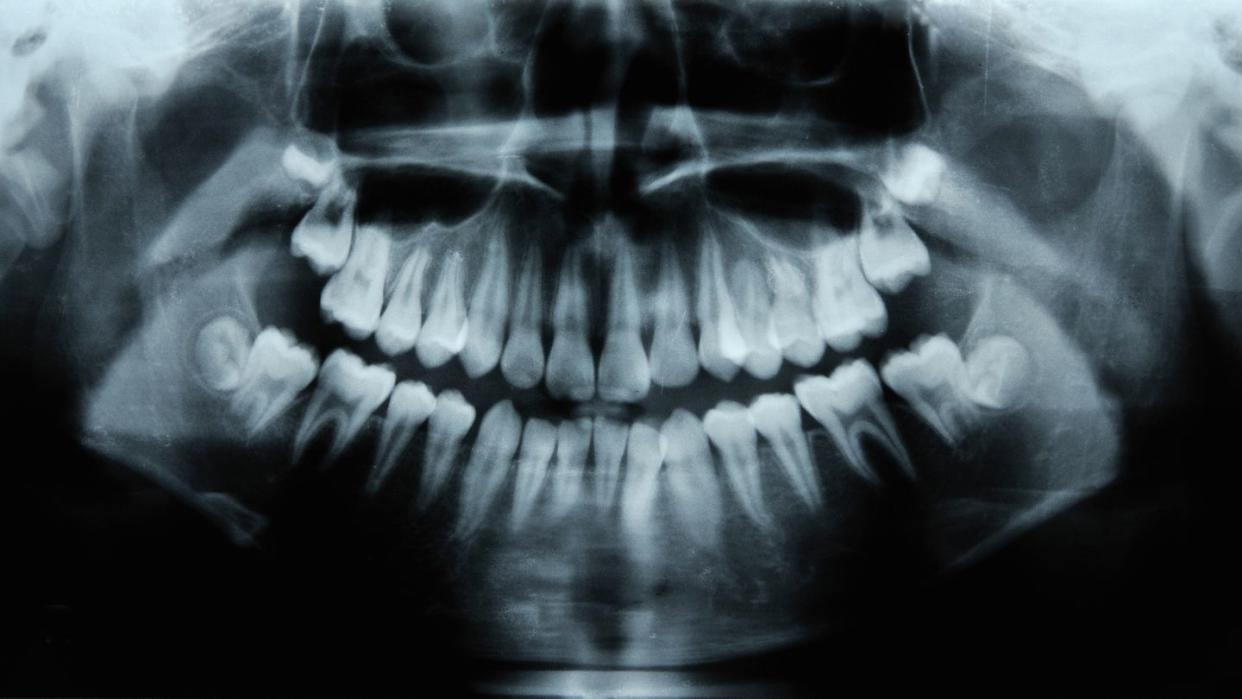Secrets In Our Teeth Could Solve Archaeological Mysteries

New research has uncovered differences in canine teeth between men and women.
The discrepancies lie below the enamel in the dentine of the tooth, both in primates and humans, meaning that the differences remain even if the enamel cap has worn off.
Recognizing the disparities can help with sex identification when creating a biological profile of remains.
Look below the enamel layer of human teeth and you’ll find some key differences between men and women. Sure, you may need a laboratory full of micro-CT imaging capabilities to make it happen, but new research shows that teeth provide a fresh way of creating biological profiles of both humans and primates in general.
In a study published in the American Journal of Biological Anthropology by the Dental Anthropology Group at the National Centre for Research on Human Evolution (CENIEH) in Spain, researchers show that male canines have remnants of what is known as a canine-premolar honing complex, which would have—at some point along the evolutionary line—allowed their teeth to be sharpened into a more aggressive structure, ideal for use as an offensive tactic. The canines of females don’t have this same makeup, giving a clear morphological distinction between the two sexes.
“This complex plays a crucial role in facilitating the maintenance and efficacy of the canines,” the research team writes in a statement, “which are used as weapons when competing for resources or for females of the group in these species.”
The shape discrepancy isn’t visible to the human eye, but when teeth are observed by computerized axial microtomography and 3D morphometric geometry tools in a laboratory, traces of that complex still remain. The structure is also seen in chimpanzees and gorillas.
“Our work shows, once again, that the canines exhibit sufficient dimorphism to be employed in devising new techniques for sex estimation in human remains,” Cecilia Yacobi Izquierdo, study co-author, said in a statement.
The disparity resides in the dentine layer, below the enamel. Researchers believe that because the variance lies in that inner layer, the trait has managed to survive evolutionary cycles—it isn’t subjected to the environmental pressures of the enamel layer, “making it more conservative from a morphological perspective.” Having the marker within the dentine layer could also be helpful in the identification of remains even when the enamel cap has worn off.
The study’s authors state that past dental anthropological investigations into possible differences between the sexes have concentrated on the dimensions and configuration of just the enamel cap. Looking deeper into the tooth with modern technology—specifically the dentine surface, which can influence the enamel cap shape—offers a unique opportunity to see otherwise hidden distinctions between the sexes.
“Our results indicate,” the authors wrote, “that analyses of the permanent canine enamel-dentine junction may potentially provide a novel method for estimating the sex of adult and nonadult skeletons.”
You Might Also Like

